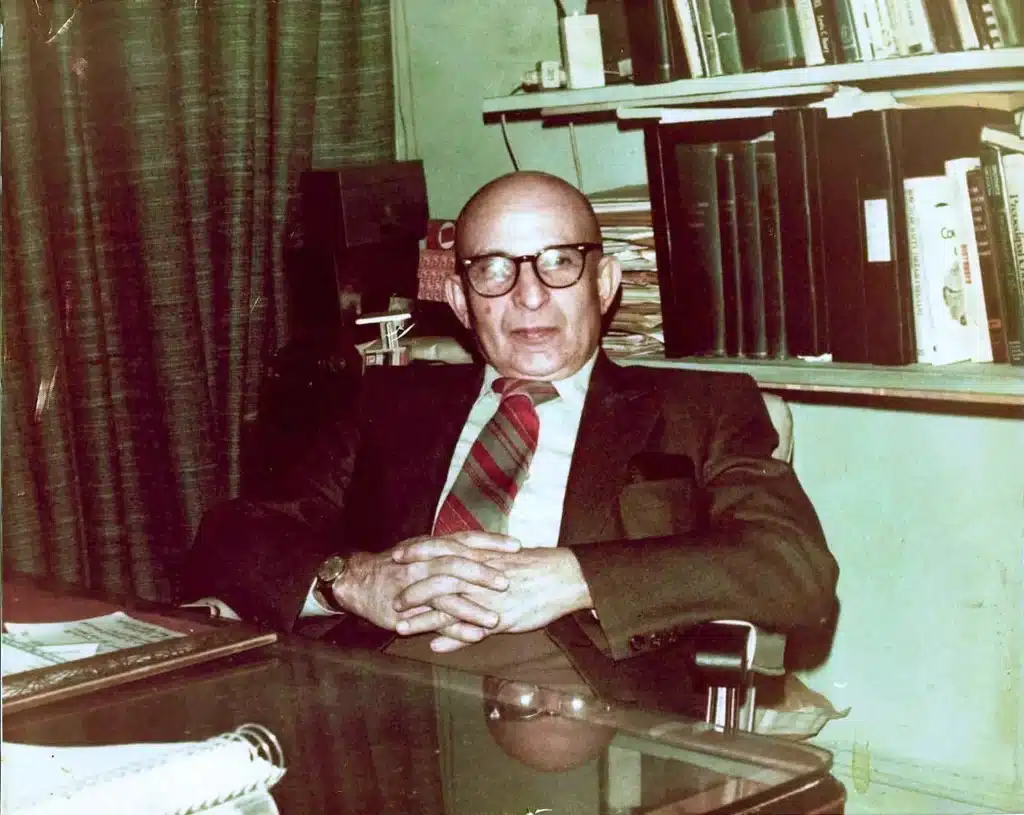Modern psychoanalysis is a form of therapy that focuses on emotions and communication between the client and therapist. It was created by Hyman Spotnitz and builds on Sigmund Freud’s original psychoanalytic theory.
The goal is to help people understand how early life experiences shape current thoughts, feelings, and relationships.
Using methods like transference, resistance, and listening with empathy helps clients grow emotionally and improve their mental health. Anat Joseph, LCSW, PsyA, uses these methods to help people gain self-awareness, emotional strength, and lasting change.
Key Takeaways
- Modern psychoanalysis builds on Freud’s ideas and focuses on emotional communication for healing.
- It helps clients see how early life shapes present emotions and relationships.
- Core methods – transference, countertransference, and resistance – guide emotional understanding and change.
- Therapists like Anat Joseph, LCSW, PsyA, use modern psychoanalysis techniques to treat anxiety, depression, and relationship issues.
- Training through leading schools of psychoanalysis, such as the Center for Modern Psychoanalysis, ensures therapists gain strong skills and compassionate practice.
Modern Psychoanalysis: Definition and Origins
The modern psychoanalysis definition is based on emotional communication as a path to healing. It expands Freud’s ideas by focusing more on feelings and the connection between therapist and client.
This approach studies how unconscious emotions and thoughts influence daily behavior and relationships.
Hyman Spotnitz developed this method to help patients who did not respond well to traditional talk therapy. He believed that sharing and understanding emotions – not only analyzing them – could help people recover from emotional pain. This process builds stronger self-esteem and confidence.
Spotnitz explained these ideas in his book Modern Psychoanalysis of the Schizophrenic Patient (1969). His work became a key part of modern psychoanalytic studies and inspired new treatment approaches for patients who were once seen as untreatable.

Modern vs Classical and Contemporary Psychoanalysis
Modern psychoanalysis and classical psychoanalysis share the same roots but use different techniques. Classical psychoanalysis focuses on interpretation and therapist neutrality.
Modern psychoanalysis focuses more on emotions, empathy, and active communication.
In classical psychoanalysis, therapists stay distant to let clients project their feelings. In modern psychoanalysis, therapists use empathy to build trust and help clients explore emotions safely.
Contemporary psychoanalysis adds new findings from relationship and attachment studies. It adjusts therapy for people from different backgrounds and emotional needs.
For example, when a client feels frustrated or sad, the therapist listens and responds with understanding instead of analyzing too quickly. This approach, shared by many schools of psychoanalysis, helps therapy feel more human and supportive.
Core Concepts and Modern Psychoanalysis Techniques
Modern psychoanalysis focuses on understanding emotions and building awareness. It highlights three main ideas: transference, countertransference, and resistance.
Transference – When clients repeat emotional patterns from past relationships with the therapist.
Countertransference – The therapist’s emotional response to the client’s behavior.
Resistance – When clients unconsciously avoid painful emotions or memories.
Therapists use these patterns to help clients see how their past affects their current life. A key concept, narcissistic transference, happens when clients with low self-esteem see the therapist as part of themselves. Recognizing this helps build trust and emotional safety.
Modern psychoanalysis techniques include both quiet reflection and open conversation. These methods let clients process emotions naturally and gain insight into their inner world. Over time, they help people face feelings and create healthier emotional patterns.
Modern Psychoanalysis in Practice
Modern psychoanalysis can treat anxiety, depression, trauma, and relationship problems. It is especially useful for people who feel emotionally stuck or want a deeper understanding of themselves.
Anat Joseph uses this approach to help clients find the root causes of emotional pain and stress. Through steady work, they learn to handle emotions better and feel more balanced in daily life.
Therapy sessions create a safe, judgment-free space for clients to explore their thoughts and feelings. This sense of safety helps people face emotions they may have avoided for years. Though challenging at times, this process often leads to real emotional growth.

Who Benefits and What to Expect
Modern psychoanalysis helps people who want lasting emotional change, not just short-term relief. It is helpful for those with repeating relationship issues, grief, or low self-worth. During sessions, clients talk freely about feelings and experiences. Periods of silence give time for reflection, and the therapist’s empathy supports emotional healing.
Training and Professional Development
Becoming a modern psychoanalyst requires advanced education and supervised training. The Center for Modern Psychoanalysis in New York is one of the most respected schools of psychoanalysis. To learn more, see this guide on how to become a psychoanalyst.
Training includes learning key psychoanalytic techniques, understanding transference and resistance, and developing emotional awareness. Supervision and personal reflection help therapists grow in skill and empathy. These steps ensure that professionals use ethical and effective methods in their work.
Books, Journals, and Psychoanalytic Studies
Students and therapists continue learning through major psychoanalytic studies and resources such as:
- Modern Psychoanalysis: New Directions and Techniques explains Spotnitz’s theory and methods.
- The Journal of Modern Psychoanalysis shares current research and clinical findings.
- Contemporary Psychoanalysis – connects psychoanalysis with today’s mental health practices.
These materials combine theory with real-world examples and show how different treatment approaches evolve within psychoanalysis.
Lasting Emotional Growth and Therapeutic Change
Modern psychoanalysis helps more than symptom relief – it encourages emotional growth and self-awareness. By exploring early experiences and hidden feelings, people gain insight into their behaviors and relationships.
Anat Joseph uses this therapy to guide clients toward self-acceptance and inner peace. With patience, empathy, and reflection, clients learn to manage emotions and develop confidence in their daily lives.
If you’re ready to begin your own path toward deeper understanding and emotional balance, consider scheduling an appointment with Anat Joseph today.
Because Your Happiness Matters

